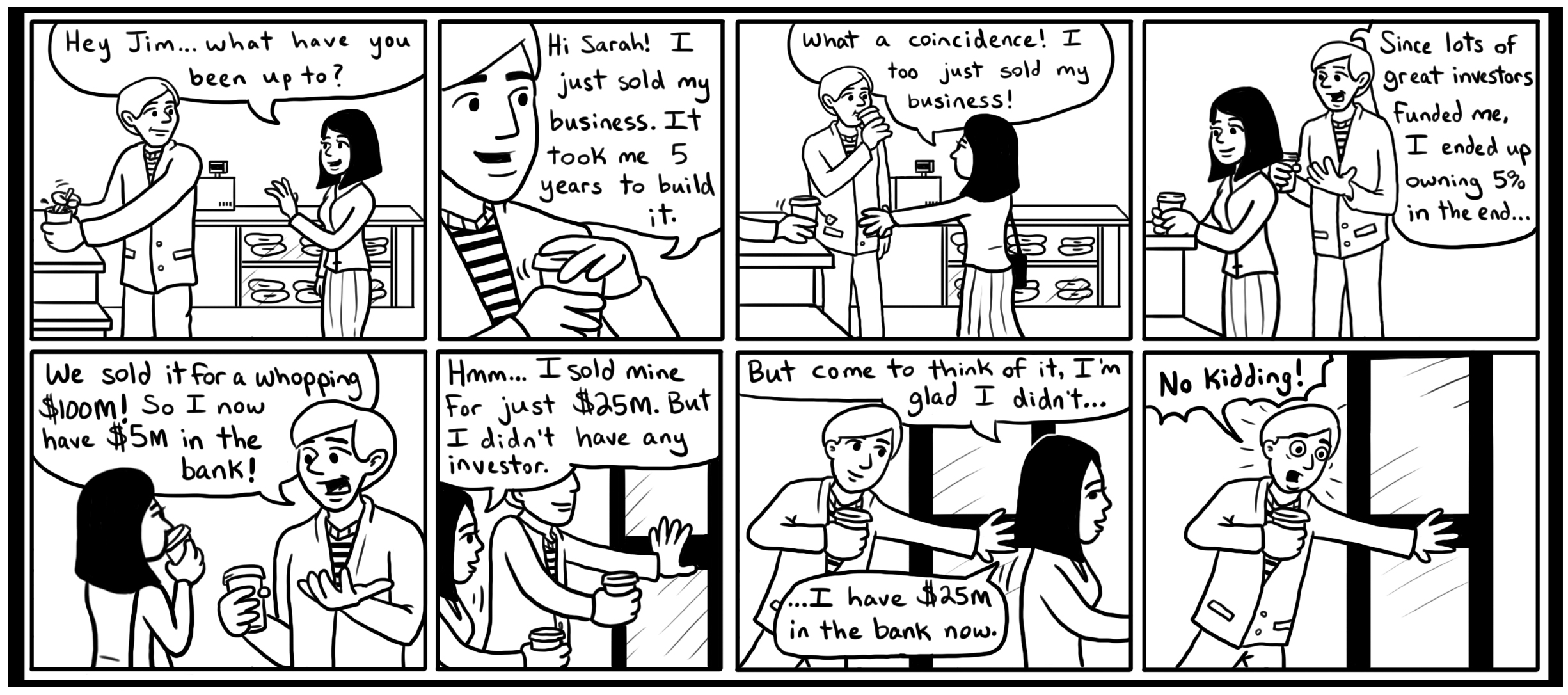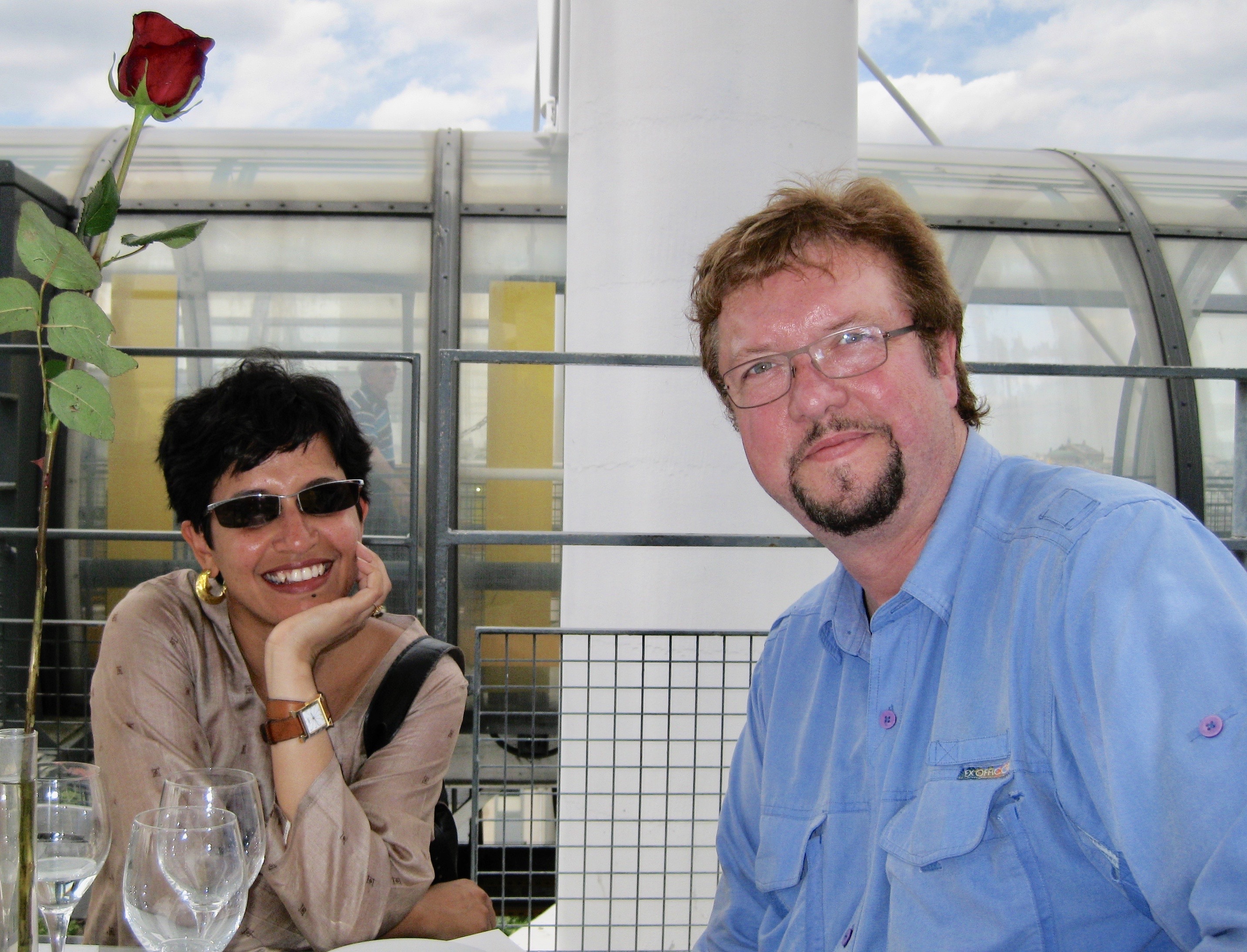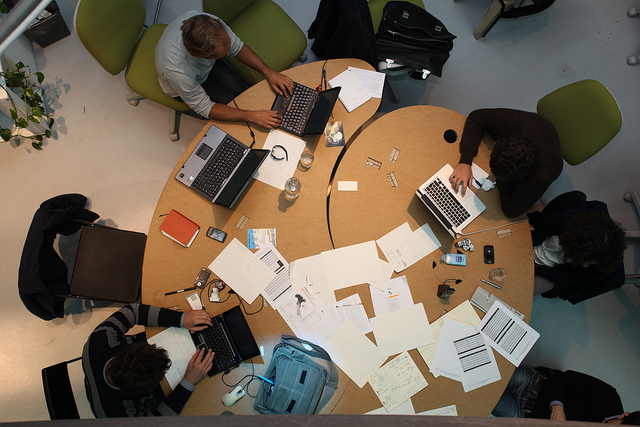Opinions
The Startup Velocity Question: What Hinders Acceleration in VC Funded Companies?

I have been running 1Mby1M since 2010. I find myself saying to entrepreneurs ad nauseam that VCs want to invest in startups that can go from zero to $100 million in revenue in 5 to 7 years.
Startups that do not have what it takes to achieve velocity should not be venture funded.
Experienced VCs, over time, have developed heuristics to gauge what constitutes a high growth venture investment thesis.
>>>Best of Bootstrapping: Why is Bootstrapping Important?

If you haven’t already, please study our Bootstrapping Course and Investor Introductions page.
Over the last decade and more, I’ve had the privilege of working with a large number of bootstrapped entrepreneurs. These include self-financed companies and also modestly capitalized startups that operate in a capital-efficient manner applying the principles of bootstrapping. [You can review my Bootstrapping Course to recap these.]
For our Seed Capital series of podcasts and blog interviews, I’ve interviewed hundreds of investors, especially micro-VCs and angels who are playing and important role in the early stage game.
Featured Videos
Can 1M/1M Help Me Raise Money?
How Does 1M/1M Democratize Entrepreneurship Education?
How Does 1M/1M Democratize Management Consulting?
When Is The Right Time To Join 1M/1M?
Can 1M/1M Help Me With Business Development?
Can 1M/1M Help Me With Market Sizing?
Can 1M/1M Help Me Validate My Product?
Will I Have Private 1-on-1 Sessions In 1M/1M?
How Does 1M/1M Help Entrepreneurs Connect With Silicon Valley?
Mentoring or Consulting?
Why Does 1M/1M Charge $1000 a Year?
Why Does 1M/1M Partner With Local Organizations?
Why Don\’t Mentoring Networks Work?
Why Is It Important To Study With 1M/1M Now?
Dan Stewart Story
Vikrant Mathur Story
Man and Superman: Augmentation of the Human Brain

As automation devastates the fundamental economic model of the human civilization, we are faced with the option of augmenting the human brain such that ALL unskilled, low-IQ humans become upgraded.
I wrote on this topic last year: Man and Superman: Can Displaced Blue Collar Workers Become Doctors?
Since then, Elon Musk has made public statements about Neuralink, his venture to connect the human brain to computers.
Best of Bootstrapping: Bootstrapping to an Exit

Over the last decade and more, I’ve had the privilege of working with a large number of bootstrapped entrepreneurs. These include self-financed companies and also modestly capitalized startups that operate in a capital-efficient manner applying the principles of bootstrapping. [You can review my Bootstrapping course on LinkedIn to review these.]
For our Seed Capital series of podcasts and blog interviews, I’ve interviewed hundreds of investors, especially micro-VCs and angels who are playing in the early stage game.
I’ve asked all of them the following questions:
How Can We Continue to Use Facebook Without Facebook Manipulating Us?

The media is currently rife with articles about Facebook’s various nefarious practices and sinister violations of user privacy. Against that backdrop, I would like to invite my readers to a slightly different discussion: How can we use Facebook without Facebook manipulating us?
I am interested in continuing to use Facebook. In various ways, I find the platform useful. However, I have never been big into sharing a lot of personal details on Facebook. You won’t find my birthday listed on the platform, so I do not receive thousands of birthday wishes from random followers. I don’t post a lot of family photos. I will, however, share with you how I use Facebook and my thinking behind those usage models. I am very interested in learning how each of you are using Facebook, what experiments you have conducted, and what conclusions you have drawn.
A Meditation on Gratitude

It is Thanksgiving 2018.
I have lived a fair bit of life already.
I have observed a fair display of human drama.
A few thoughts come to mind, as I sit down to write this piece.
When I was young, I used to think bad things happen to other people.
I don’t think that anymore.
Plenty of bad things have happened to us.
So, in theory, more can happen.
I certainly do not feel entitled to a no-adversity existence.
But I make it a point to focus on all the things that make my life wonderful.
15 Questions for Managers of Technology Startup Accelerators

On August 23, 2013, my Harvard Business Review article, The Problem with Incubators and How to Solve Them, was published. At the time, there were 7,500 incubators and accelerators in the market.
There is a very real knowledge gap in the early stage start-up game, on both sides of the table. First-time entrepreneurs lack the seasoning to captain a steady ship through turbulent waters. Inexperienced friends and family (and, increasingly, crowdsourced investors) lack the ability to gauge the viability of a business, or to mentor naïve entrepreneurs.
This knowledge gap, I have come to believe, is best filled by savvy incubators. However, there are over 7,500 business incubators around the world. Most of them fail.
I don’t know what the number is today. I do know that the phenomenon has now spread globally.
10 Tips for Technology Business Coaches and Startup Mentors

I just did a search on LinkedIn for “Business Coach” and found over 175,000 results.
A similar search for “Startup Mentor” yields close to 125,000 results.
Well, if I could have a word with all the mentors and coaches that are out there, this is what I would say.
Man and Superman: Future of Education

In the One Million by One Million online curriculum, almost eight years ago, I decided to put in a line as a joke: “We’re working on a chip that can be implanted in your brain and it will transfer ALL the entrepreneurial knowledge from my brain to yours. However, this chip is not quite ready yet. So, in the meantime, please study the curriculum and learn the methodology of entrepreneurship that we have designed.”
Well, little did I know that this would cease to be a joke by 2018.
In fact, in the next decade or two, perhaps, this sort of implant will become the future of education.
Corporate Innovation Management: Board Level Commitment Necessary

As I noted in my recent article SaaS Companies: You Have an Unprecedented Opportunity, there is an amazing level of potential for corporate innovation in the current environment, both internal and external.
Look Within
Any company that has built a substantial business in any software category has core competency within its folds. It has highly capable engineers who have developed some degree of domain knowledge in their sphere. It has product managers who are in touch with customers. It has sales engineers who are in regular and even closer touch with customers. It has sales people who know the customers and the competition well.
Man and Superman: Can Displaced Blue Collar Workers Become Doctors?

Last week, I was on a panel at the Silicon Valley Directors’ Exchange (SVDX) on Robotics and AI: How will Boards Embrace Tomorrow’s Technologies?
One of the issues we discussed was what happens to displaced workers who lose their jobs to AI.
